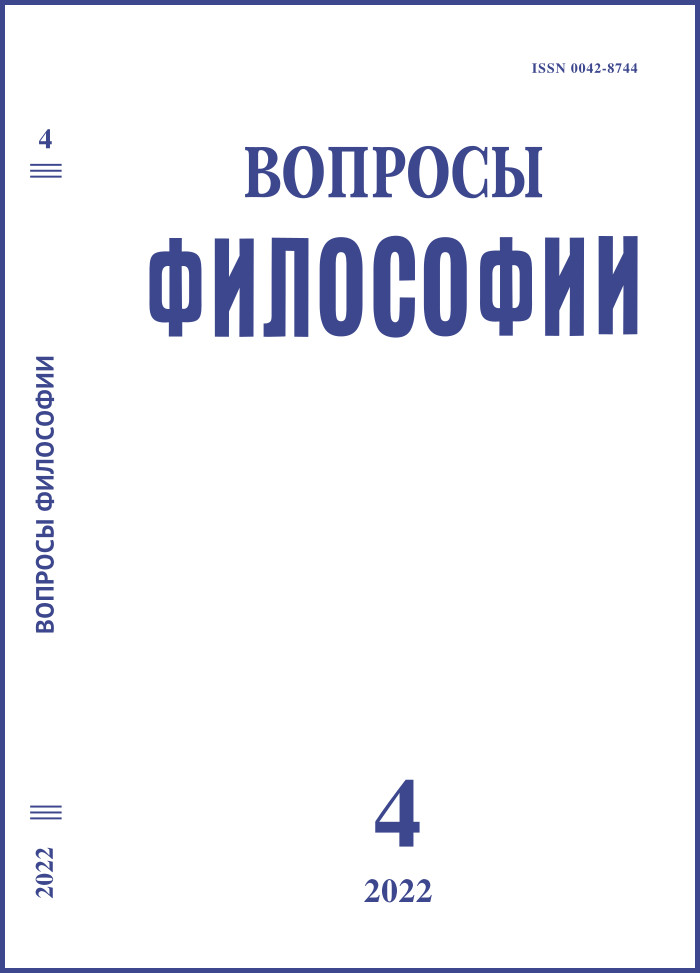Искусство делать добро, или О смысле философских заимствований
DOI:
https://doi.org/10.21146/0042-8744-2022-4-47-58Ключевые слова:
И. Кант, Васубандху, Абхидхарма, Р. Негарестани, добродетель, перевод, европоцентризм, кантианство, дхарма, смысл.Аннотация
На фоне критики академической философии и обвинений ее в несоответствии требованиям сегодняшнего дня статья ставит вопрос о том, что может сделать философия для осуществления взаимопонимания между культурами. Как должна быть направлена рефлексия того, кто имеет целью сделать добро? Каково универсальное понимание того, как делать добро, и не мешает ли этому пониманию европоцентризм? Сравнивая два варианта ответа на эти вопросы – кантианский и буддийский, – автор старается избежать релятивизма и консьюмеризма, при которых взаимопонимание либо невозможно, либо редуцируется к отношениям обмена деталями мировоззрения, к заимствованиям. Поэтому философское действие здесь понимается как дело перевода по модели «то же иначе», где «иначе» связано со знанием особенностей иной культуры, а «то же» – со сферой смысла. Европейская логика смысла позволяет выражать его набором вечных (метафизических) проблем, за решением которых свободная рефлексия может обращаться и к инокультурному материалу. Кантианский ответ на вопрос «как делать добро?» дает деятельный законодатель, путь которого – практика воплощения универсального закона морали. Трудности на этом пути
заставляют И. Канта считать добродетель искусством и видеть в нем «эстетический механизм», умение созерцать собственные нравы. Может ли кантианец научиться этому искусству у буддистов? Для Васубандху добродетель тоже Путь, но на нем нет универсального закона, а «дарить Дхарму» нужно по-разному разным людям. Кроме того, «практику» психотехники абхидхармист не отрывает от усвоения «теории» и классификации дхарм, понять которую европейцу мешает иная понятийная раскладка, иная система различий. Отмечая ее специфику и отвечая на вопрос о смысле заимствований, автор выражает сомнение в наличии такового.
Загрузки
Опубликован
Версии
- 2025-02-06 (2)
- 2022-04-30 (1)

